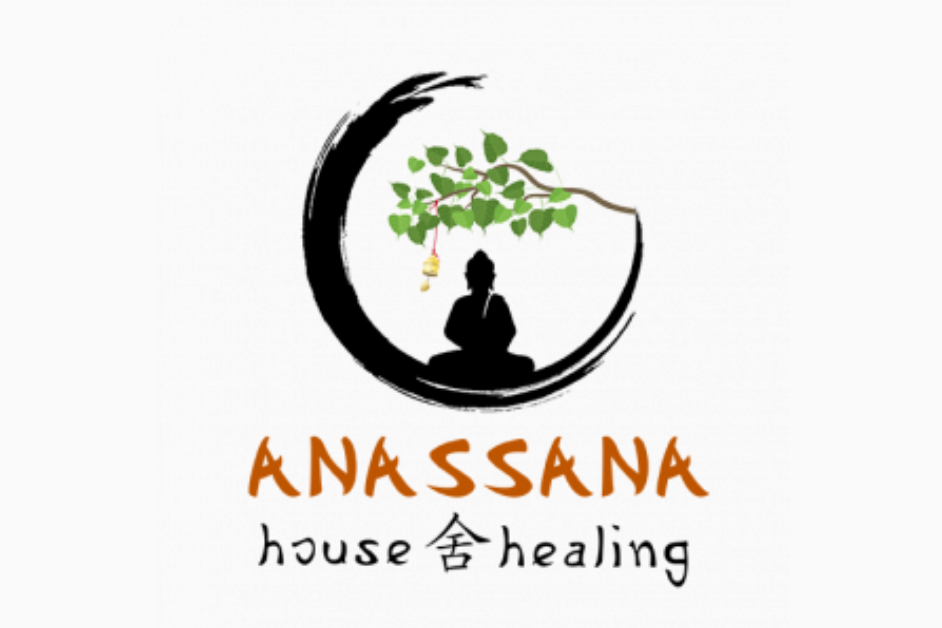The perception of alternative therapies has undergone significant changes over the past 50 years, reflecting shifts in cultural attitudes, scientific understanding, and healthcare philosophies.
Here’s a brief overview of how alternative therapies were viewed 50 years ago, how that perception has evolved, and the main reasons for this change:
1960s-1970s:
Skepticism and Counterculture Interest
In the 1960s and 1970s, alternative therapies were often viewed with skepticism by mainstream medical communities.
Practices such as acupuncture, herbal medicine, and meditation were associated with Eastern philosophies and seen as unconventional in Western cultures. However, during this period, there was a growing interest in alternative therapies within counterculture movements.
The pursuit of holistic health, natural living, and a rejection of mainstream pharmaceutical approaches led some individuals to explore alternative and complementary practices.
1980s-1990s:
Integration into Mainstream Healthcare
The 1980s and 1990s marked a shift in the perception of alternative therapies, with increased interest from both healthcare providers and the general public. Several factors contributed to this change:
- Patient Demand: As patients sought more holistic and patient-centered care, there was a growing demand for alternative and complementary therapies.
- Research and Evidence: Some alternative therapies began to be subjected to scientific scrutiny. While research was still in its early stages, studies emerged supporting the efficacy of certain practices, contributing to their acceptance.
- Mind-Body Connection: The growing recognition of the mind-body connection in health and wellness fueled interest in practices like meditation, yoga, and mindfulness, which were previously considered alternative.
- Holistic Health Movement: The holistic health movement gained momentum during this period, emphasizing the importance of addressing physical, mental, and emotional well-being collectively.
Early 21st Century:
Reflexology in the Age of Holistic Health
After 2000, reflexology gained increased recognition and popularity as a method of holistic treatment.
In the 21st century, with the growing emphasis on integrated health and wellness, reflexology has become more incorporated into conventional health practices.
The scientific community, though still somewhat hesitant, has begun to take its therapeutic potential more seriously, with many studies examining its effects on pain relief, stress reduction, and overall well-being.
This evolution reflects a broader trend towards the acceptance and appreciation of alternative and complementary therapies in modern medical practice.
It is important to note that while alternative therapies can offer valuable benefits to many individuals, they should not replace necessary medical interventions.
The integration of these therapies into a comprehensive healthcare plan, guided by health professionals, is often the most effective approach.







